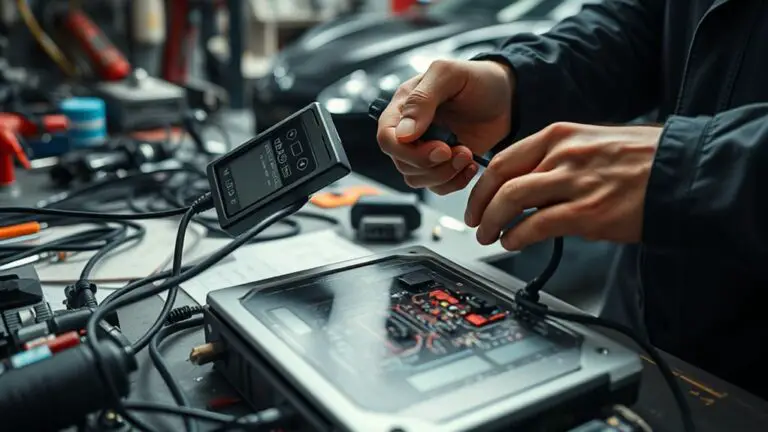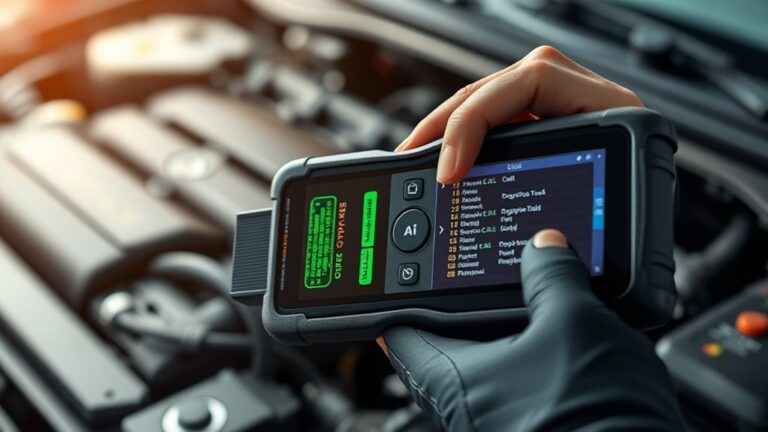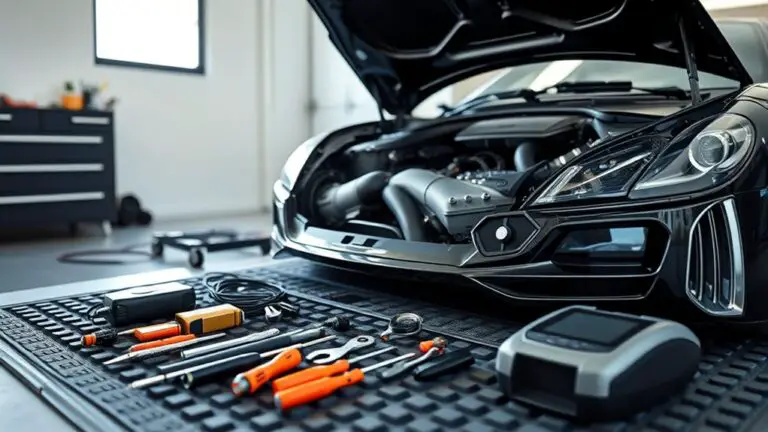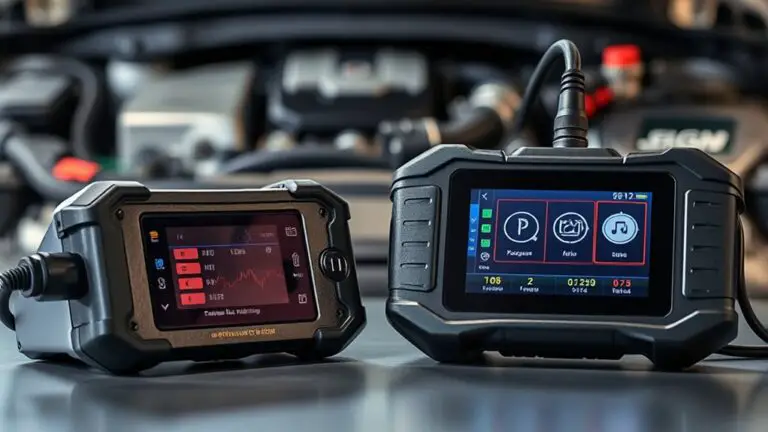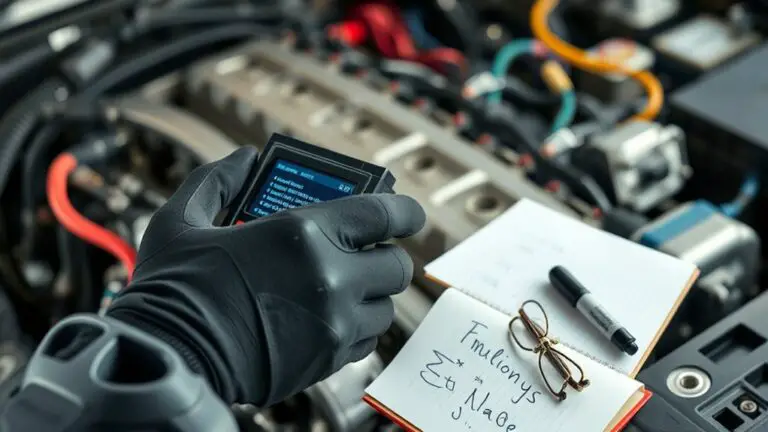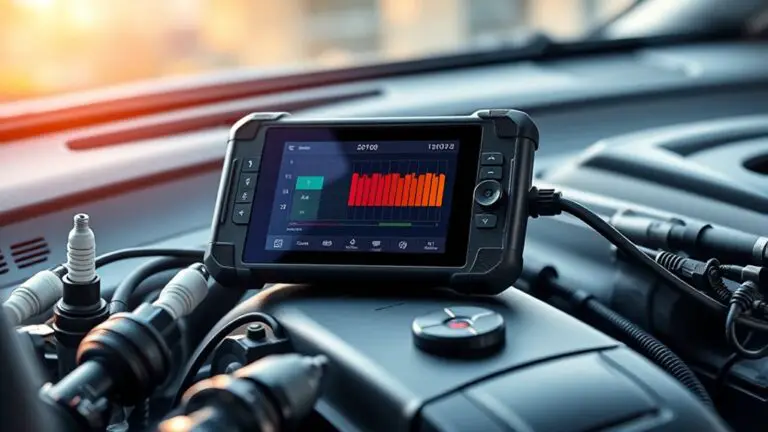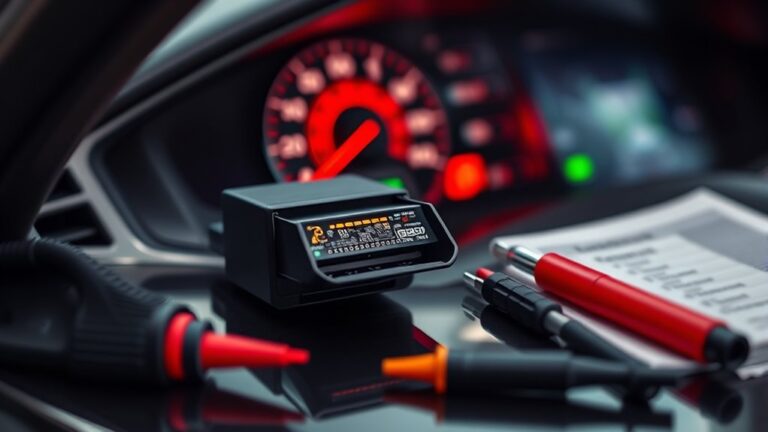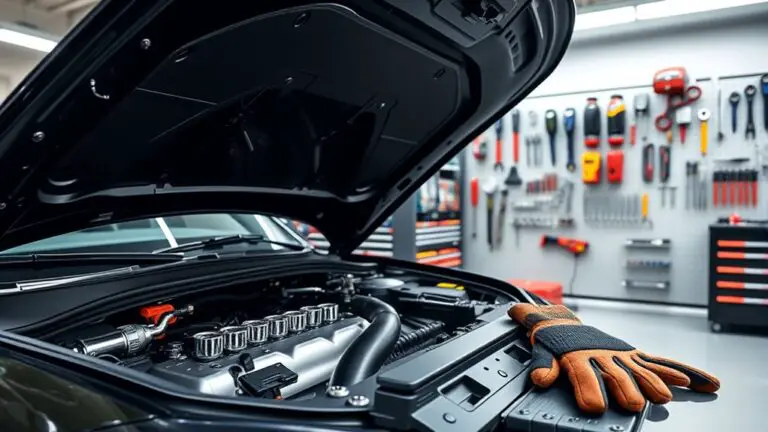How to Build a Troubleshooting Flow for No Communication With ECU
Start by defining the no-communication symptom clearly, then build a step-by-step flow that verifies power and ground, inspects the data link harness, and checks shielding and continuity. Gather essential tools, documentation, and a tested workflow. Confirm clean power, solid grounds, and healthy battery voltage before testing. Inspect fuses, relays, and the main loom; verify data-link…

